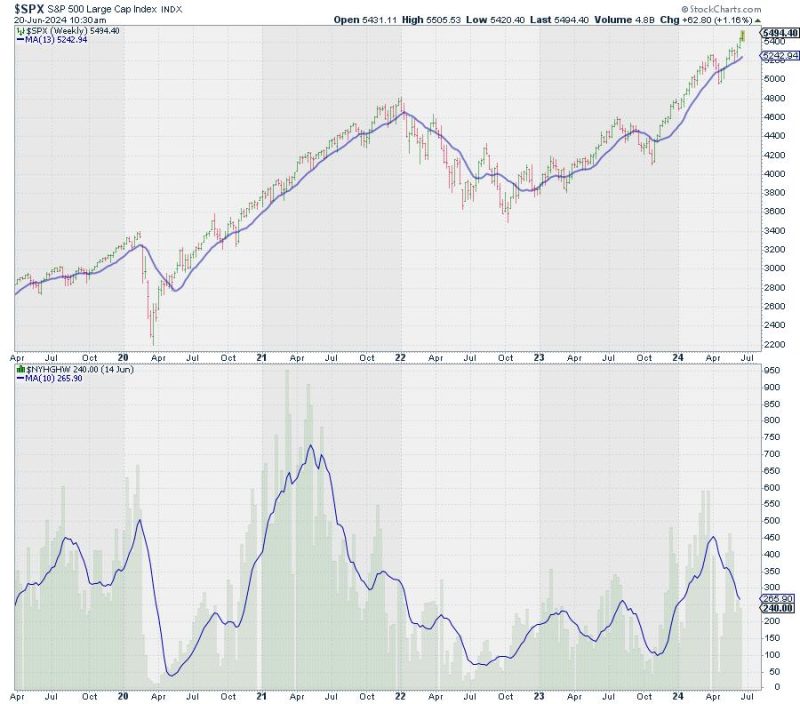As consumers, we have all encountered the classic quandary of whether to opt for the cheapest option available or to splurge on something more expensive — on the premise that it will serve us in the long run — while striving for the best value for our money. The fascinating relationship between price, value, and longevity forms the crux of this discussion.
Firstly, it is crucial to understand that the price is more often than not a reflection of the product’s quality. High-end brands usually command a higher price point because they often use superior quality materials, incorporate the latest technology, and offer additional features and services. This phenomenon goes beyond the realm of consumer goods, and also applies to investments such as real estate, where properties in prime locations often demand a higher price because of the quality of life and convenience they offer.
However, an excessive focus on price can often prove short-sighted. While upscale brands tend to promise longevity and superior performance, this does not inherently mean they are immune to mishaps. Consequently, paying more for an item does not necessarily guarantee better functionality or longer shelf life. The adage of ‘more expensive is always better’ doesn’t necessarily hold water in all circumstances.
Additionally, the rapidly evolving technology landscape often complicates the price-longevity equation. With technological advancements becoming obsolete in a matter of years, if not months, a high-end gadget today might become redundant tomorrow. Investing heavily in such items may make sense in the short-term from a functionality standpoint but maybe a loss on the value premise if they become outdated quickly.
Moreover, some products naturally have a lifecycle that doesn’t justify shelling out more. For instance, perishable goods, seasonal fashion trends, and many others are intended for short-lived use and therefore, valued not for their longevity but for their immediate utility.
Alongside these considerations are the definitions of value evolving among consumers. An increasing number of people weigh their purchases against environmental and societal parameters. They are willing to pay a premium for products that are sustainable, ethically-sourced, or contribute positively to society. The longevity in these cases is not defined by the physical product but by the long-term impact of their purchase.
The importance of customer service and warranties in the price pays equation can also not be overstressed. A higher price that includes excellent customer service and a comprehensive warranty might end up paying for itself in the long run by drastically reducing potential repair or replacement costs.
In essence, while price often speaks volumes about a product’s expected utility and life span, entirely banking on it for long-term value might not always be the wisest decision. It is essential to consider the value, usage patterns, and personal preferences in addition to the price point. As consumers, we play an essential role in defining the worth of a product. Therefore, understanding the trade-offs, conducting due diligence, and aligning purchases with personal needs and values will ensure that the price truly pays off.
